

Rooftop Solar Panels can be a smart investment or a costly liability. Poorly installed or malfunctioning panels can damage your roof. Drone inspections are a low-risk, no-fuss way of confirming that your panels are in working correctly, as well as while ensuring their maximum energy output. Engineers With Drones also assess your panels' condition, giving you peace of mind about their safety.
Drones equipped with thermal imaging cameras allow you to accurately assess the condition of a solar array. Infrared photographs can be used to detect extreme temperature differences that can locate otherwise unseen issues, such as concealed moisture damage and heat leakage.

In comparison to traditional this services, drones provide a higher degree of detail. High-definition cameras and cutting-edge zoom lenses pick up the tiny details that may otherwise go unnoticed, such as missing connections, rust, or damaged insulators, while at the same time keeping personnel safe and on the ground.

The use of drone 3D modelling technologies gives you the opportunity to inspect a digital twin of a solar array from the comfort of your office. This detailed replica can be inspected at a minute level, allowing you to make a record of any areas that are in need of attention. Issues such as poorly executed repairs, general damage and other potential weaknesses can be shared with your employees, suppliers and other shareholders at the click of a button.

Our drones can capture the minute details of any object, without having to touch or even get close to it. Objects that once had to be shut down, climbed and traversed can now be inspected and monitored in real time more quickly, and with zero risk to personnel.

As licensed engineers, we also provide the expertise, understanding, and knowledge necessary to carry out a thorough inspection, with deliverables to match. Our skilled engineers are at the ready.
The Irish Aviation Authority has awarded Engineers with Drones full approval in accordance with the most recent European-wide EASA regulations.
To ensure that you always get the best possible service and cutting-edge deliverables, we purchase the most up-to-date drone technology as soon as it's available.
The operation of Engineers With Drones is governed by a comprehensive HSSE system. Our guiding principles are to reduce risk through rigorous assessment, and to maintain a high level of staff education and training.
We have 6.5 million in public and product liability insurance, and 13 million in employers' liability insurance. Engineers with Drones are fully insured to fly wherever you need.
As we're situated in Ireland, we can respond to your needs quickly, with zero travel complications.
As seasoned engineers in the field, we are aware of the trouble that shoddy reports and deliverables can create. For this reason, we provide you with exactly what you require.
Thanks to our fast turnaround times, your entire project can be completed in a fraction of the time of traditional methods, without any compromise in the quality of your deliverables.
In addition to quadrupling the resolution of an HD camera, 4K also gives you quicker frame rates, incredible contrast variations, and expanded colours. VR video takes the level of immersion and clarity to the next level.
Drone inspections take up less of your manhours and resources than traditional inspections, giving you a faster and more budget-friendly return on your investment.
Thermal IR technology and ultra HD allow our engineers to get a view that is not available to the naked eye. From a safe distance, we can find defects and insights that are only visible with a drone.
Our equipment won't touch or even go close to your assets. Our high-resolution cameras use optical zoom to give extreme close-up views while staying a safe distance away.
We use cutting-edge technologies to detect problems that would otherwise be invisible. These include ultra-HD photography/video, LIDAR and thermal imaging.
Drone technology is cheaper, safer and more reliable than traditional methods such as scaffolding, cherry-pickers and ropes. It's also quicker and less labour-intensive. We will bring everything we need and be out of your way that same day.
The safety of your personnel and our own is paramount, and we place it at the forefront of our company culture. Ask us about our HSSE systems and practices.
Drones capture high-quality, impartial information that gives you an exact assessment of the status and needs of your asset.
Sometimes the brief can change even in real-time. If need be, you can be stood there right next to the drone operator, directing them as the situation develops.
Solar PV is a worthwhile investment. But, unnoticed damage reduces its efficiency over time, shrinking your savings. Regular inspection and maintenance of rooftop solar panels is essential to their longevity. Investing in good maintenance practices can ensure they last the intended lifecycle, up to 20 or 30 years. Not doing so can cost you money, and cause a loss of power.
Solar Panels are generally sturdy. Inspections find issues about 10-20% of the time. It's not always necessary to have a person present at the point of inspection. 80-90% of the time, a drone is enough for the entire 'maintenance' process.

Incorrectly installed solar panels can cause damage to themselves and your roof. We inspect the mounting system and the surrounding area for issues. Hanging wires rub against the roof, and timely intervention, stops wires from wearing through. Poor wiring also puts you at risk of fire damage.
Small cracks or dirty areas on your solar panel can reduce the amount of light that's absorbed. Noticing this early ensures your panel is getting as much light as possible. Ignored damage on your solar panel increases the chance of a larger crack forming over time. Drone inspections allow you to catch these early, and repair rather than replace them.
Current inspection methods need someone to climb on your property. This poses a risk of falling, as well as damage to your roof. Burns and electrocution are dangers to anyone interacting with poorly wired panels. Drone inspections reduce the risks, without compromising on detail.
At high temperatures, solar panels become less efficient. Defects can cause them to break down, or cause damage to the surrounding area. We use thermal imaging cameras to detect heat variations and hot spots from a distance. Catching defects early minimises the risk of breakdowns.
Let's talkWe take emails, phone calls, messages, everything! If you are unsure of what's possible we are happy to advise, the most important thing is to get in touch. We'll be happy to answer any questions you may have.
With drones, it's best to begin where you want to end up. What sort of deliverable would you like when it's all finished? If you are not sure then we can advise. We can look at what you would like and work backwards from there.
Once we have agreed on what is to be done, the scope of work is set and a price is agreed upon. We feel it is vital that everyone knows what they are getting and what they are paying for it. There should be no confusion.
Once we have confirmation you are happy to proceed, we start the ball rolling. We organise things like RAMS, site permits, Air Traffic Control clearance and much more. Basically, we generate everything needed to turn up on-site with all our ducks in a row.
Next, we do the work on site. We have the gear, we have the know-how, so now it's time to get the job done. This can sometimes be affected by the weather, but for the most part, we get the job done on the date specified.
This is where we take what we generated in the field and turn it into a final deliverable for you. This can be anything from the raw data itself, to fully processed Orthophotos, condition reports, CAD line work or thermal imagery.
The final step is the handover of the deliverables. We tend to use a cloud-based service, so you can access your data anywhere. We can also tie into your existing systems if that is more convenient.
Our drones (and our people) can offer a lot more than just HD images. Our team all come from specialist engineering backgrounds, and they use all the very latest drone technologies and capabilities to deliver expert analysis on all types of commercial, civil and industrial assets. If you need an engineer's expertise, next-generation drone technology and industry-leading deliverables, then you've come to the right place.
Capture high-quality imagery of your assets from never before seen vantage points.
Find out moreDetect abnormalities within your assets that are otherwise invisible to the naked eye.
Find out moreCapture a high-resolution, photorealistic 3D model of your terrain, accurate to the finest details.
Find out moreWe purchase the latest drones as they come on the market to ensure you are getting the highest quality service from us at all times. Here is a quick look at what we would be most likely to use for a typical drone rooftop solar inspection.

The M300 RTK by DJI is the premier enterprise-level inspection drone on the market. With a flight time of up to 55 minutes, lots of built-in redundancy, and a host of payloads to choose from, this is our go-to UAV for inspection work. When coupled with the Zenmuse H20T camera, it is capable of safely inspecting high-value assets at a stand-off range.

One payload with a multitude of sensors. The H20T is specifically designed for conducting inspections of high-value assets. When coupled with the Matrice M300 aircraft, the various sensors on the H20T give the operator a wide array of options to get the best imagery possible.

LiDAR for everyone. The DJI Zenmuse L1 LIDAR payload features an integrated Livox LiDAR module and a 20mp camera. This combination makes for an excellent all-round package. Covering up to 2km² in a single flight, the L1 carries a highly efficient payload.

Powerful yet attentive. The Mavic 3 Enterprise is the perfect discrete mapping and inspection drone. This is our go-to aircraft for missions where flying large drones would either be illegal or cause a disturbance. This powerful little drone gets the job done without showing off.

Small yet powerful. This tiny drone is our go-to drone for anything where we may be close to uninvolved people. The combination of its small size and powerful 48mp camera make it the ideal drone for urban and built-up areas where ground risk is a key consideration.

We can deploy this highly portable and versatile UAV at a moment's notice. It is designed for an array of industries and situations where thermal imaging and speed of work is of the essence; such as identifying heat loss and structural defects, conducting solar plant inspections or any low-light/low-visibility environment survey.

Our flagship drone: The M350 RTK by DJI is the premier enterprise-level inspection drone on the market, an update to our workhorse M300 RTK. With a flight time of up to 55 minutes, lots of built-in redundancy, and a host of payloads to choose from, this is our go-to UAV for inspection work.

With this high-end Class 0 light-weight drone, we're able to reliably shoot in almost any condition and location, utilising its smaller size and spot-on obstacle avoidance to gather deliverables from more densely populated areas in the safest way possible.
Read more...
Read more...
Read more...
Read more...
Read more...
Read more...
Read more...








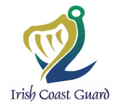










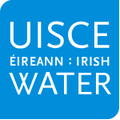

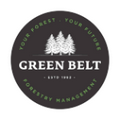





















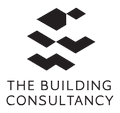































































































































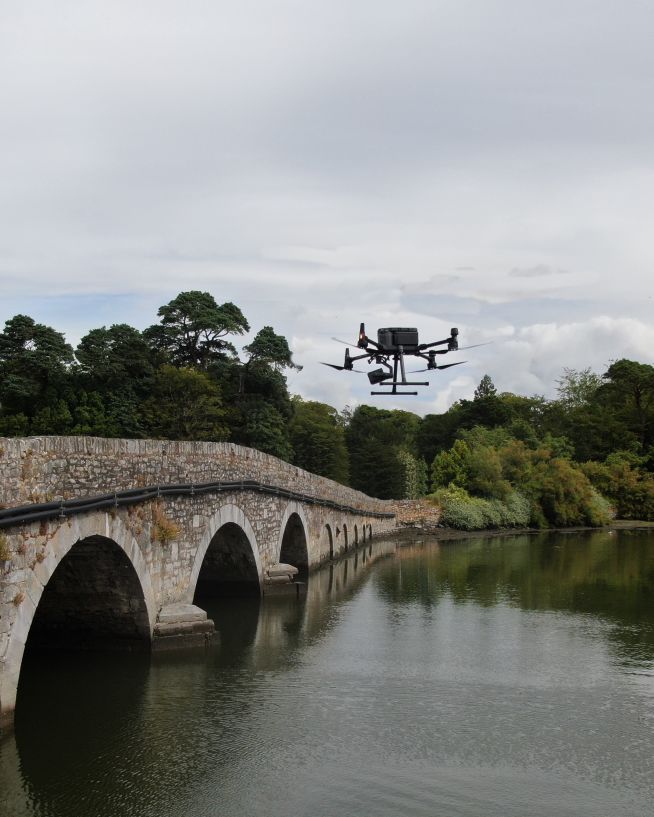
Safer, more cost-efficient, with less downtime
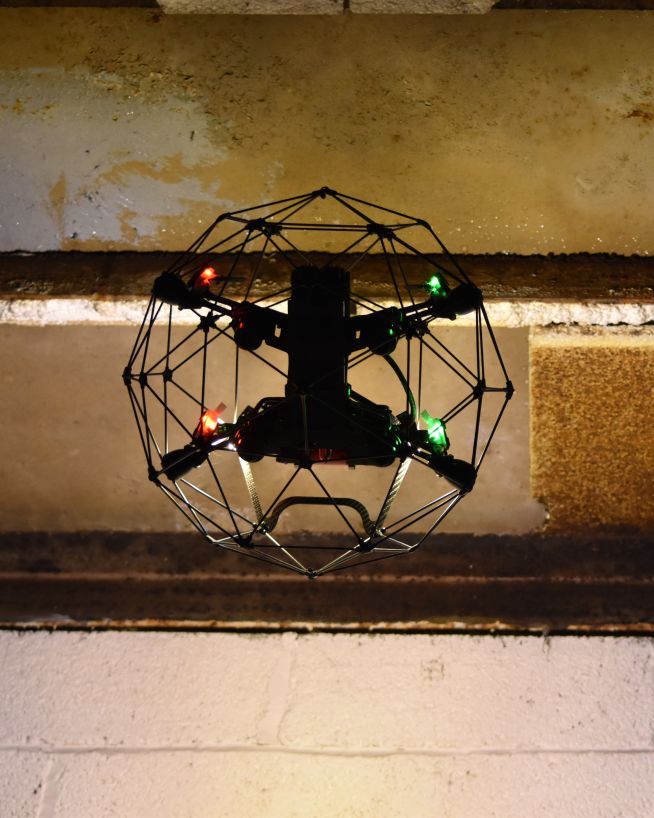
Eliminate safety concerns, save costs and reduce downtime
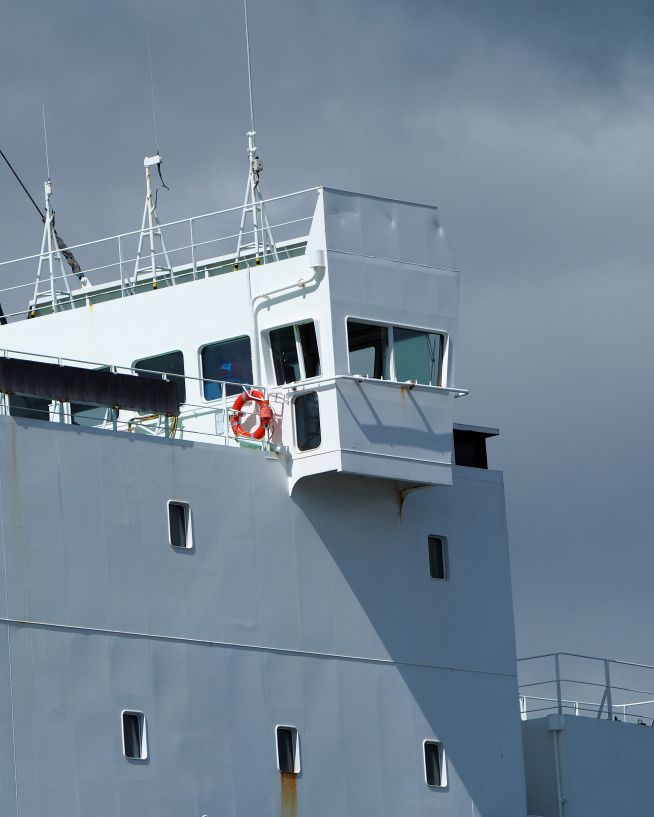
Safe, precise and instant reports on vessels and infrastructure
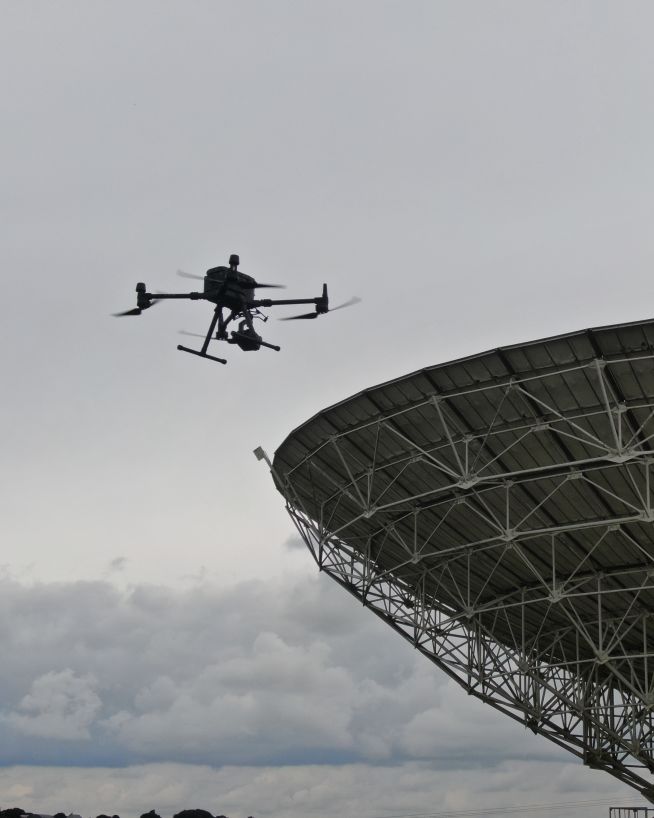
Get critical data on cell and telecommunication infrastructure
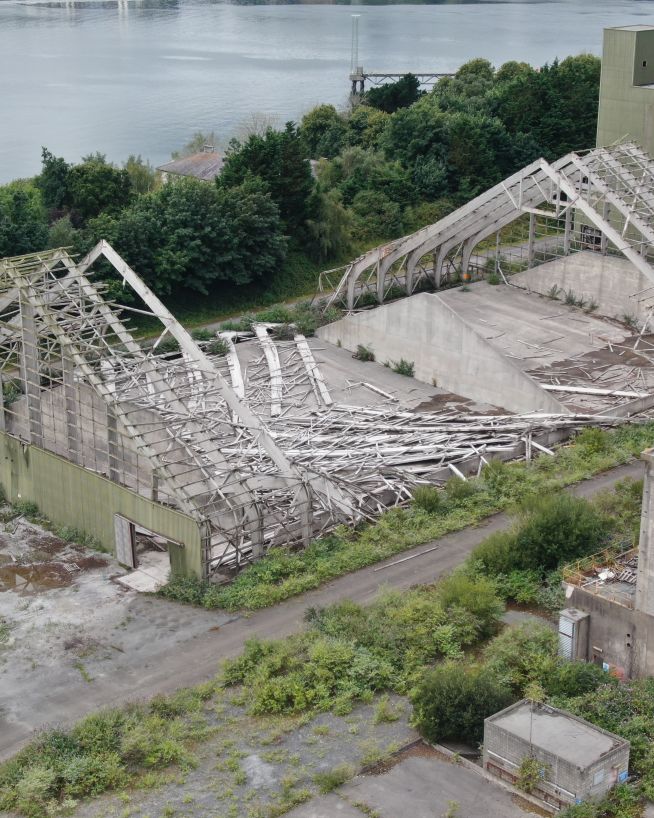
Assess damage quickly and with pinpoint accuracy
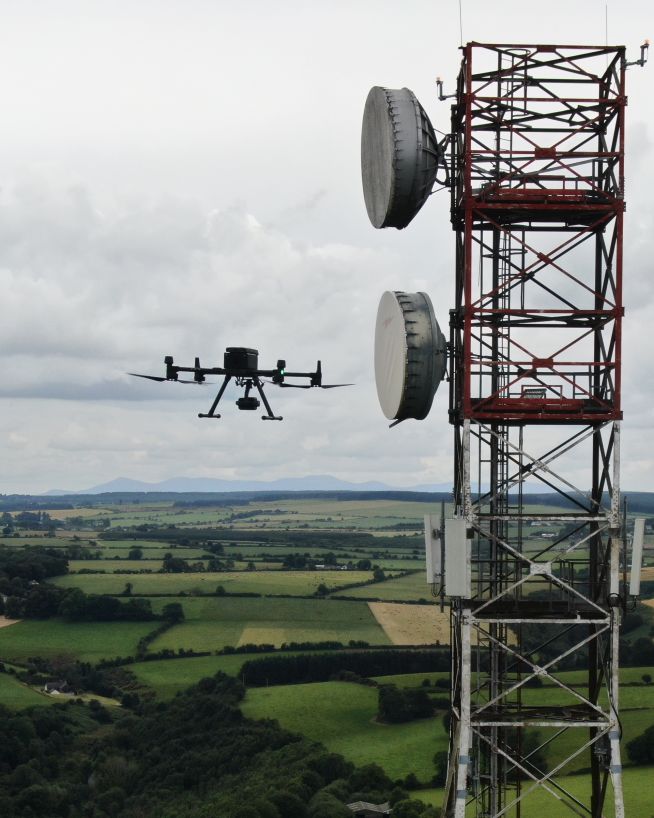
Instantly view complex structures, keeping risks to a minimum
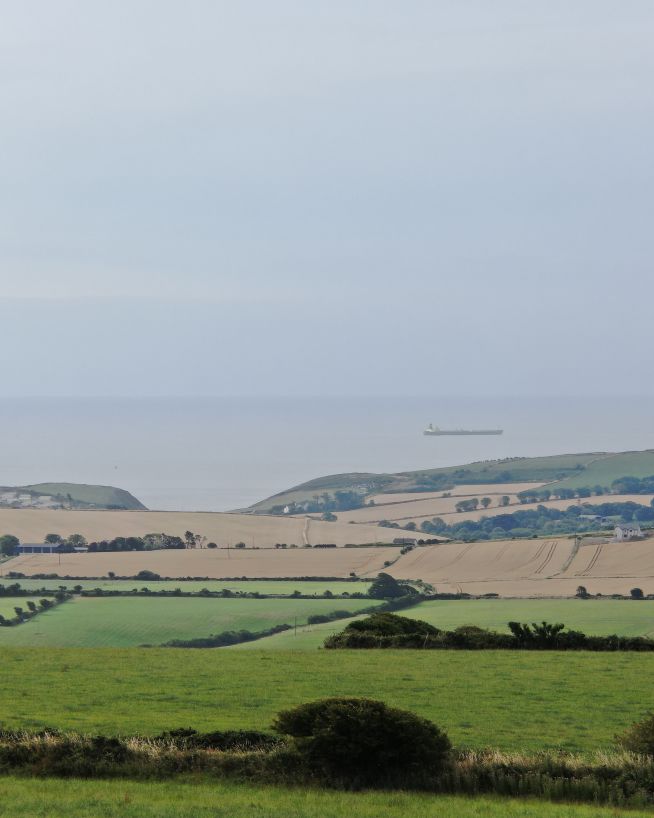
Faster, cheaper and more accurate analysis of land
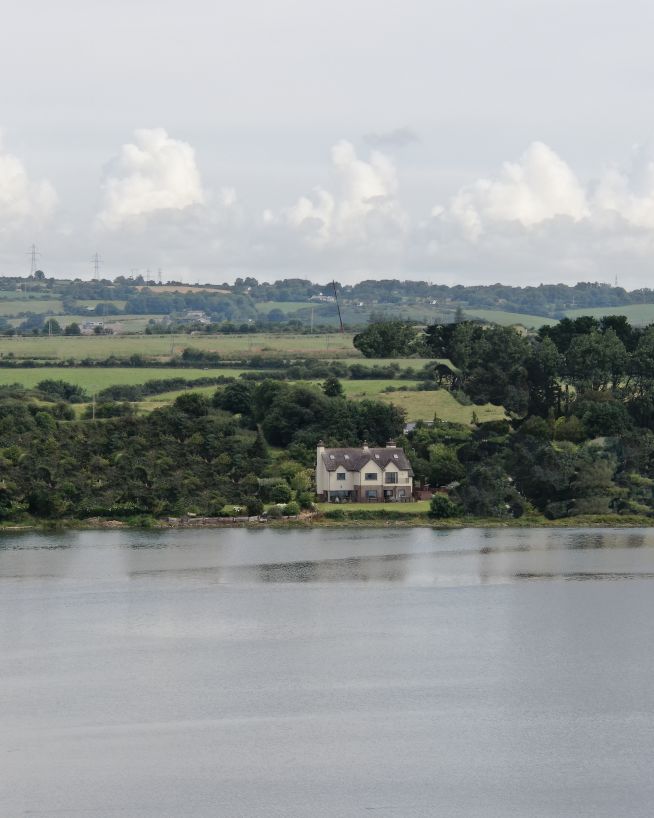
Add "Wow Factor" to residential and commercial property listings
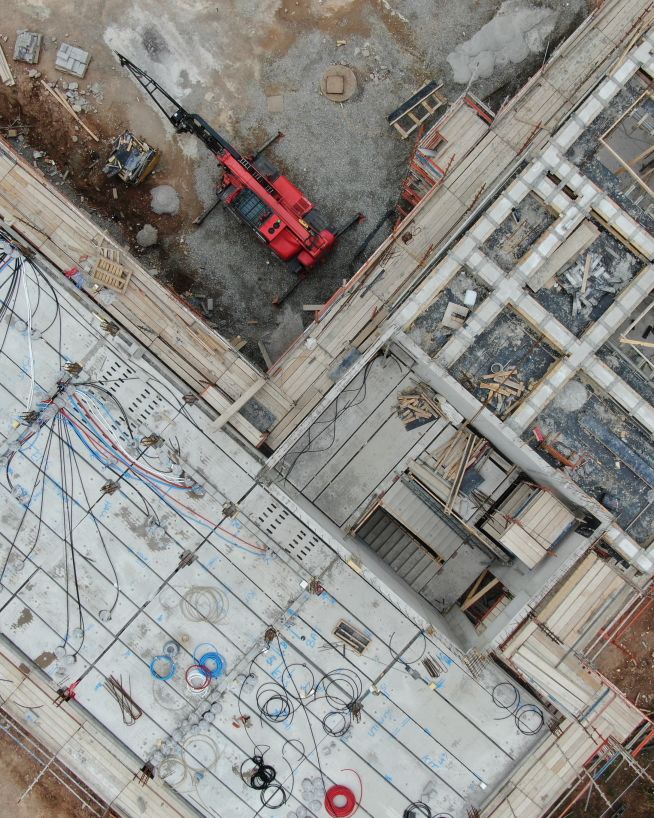
Instant, actionable data with no downtime
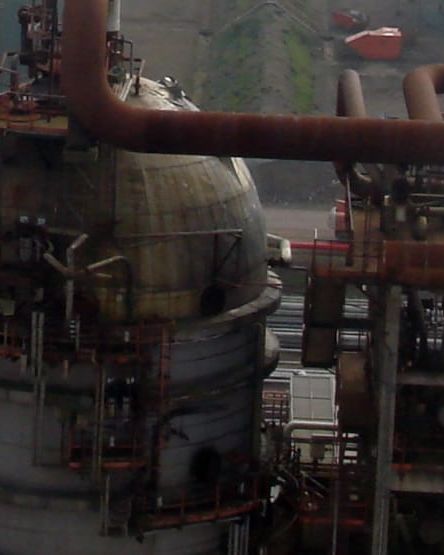
Fast, actionable data without the risks of traditional inspections
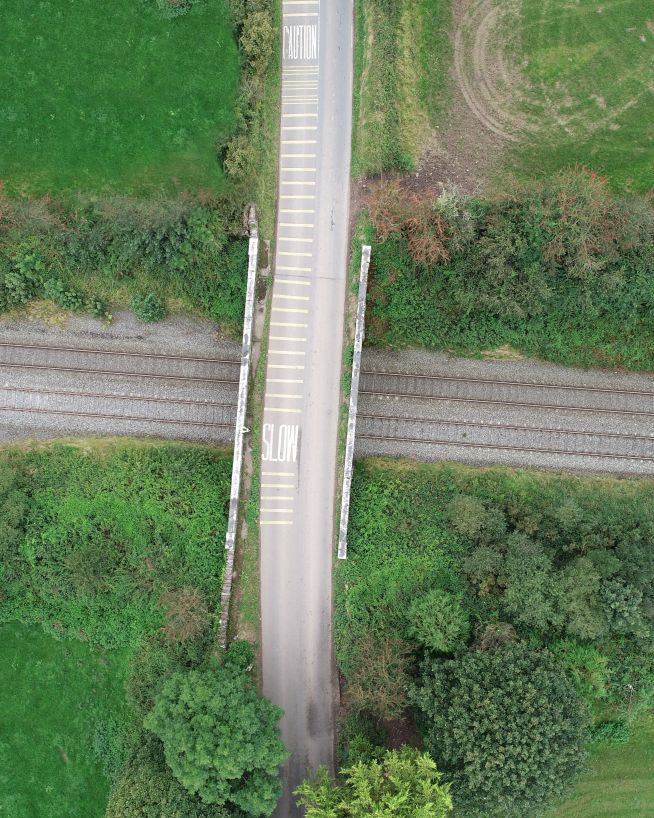
Eliminates downtime and safety concerns, at a fraction of the cost

Accurate, safe and instantly actionable data collection
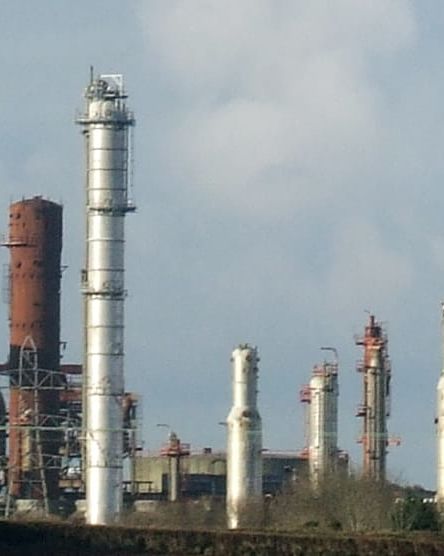
Actionable data from a safe distance, with less downtime
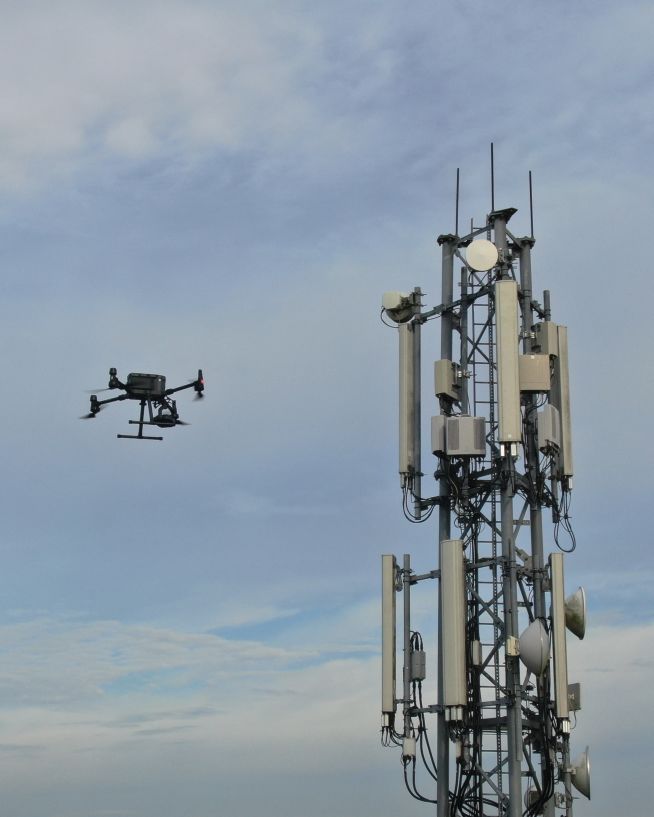
Reduced risk, damage to towers and delays
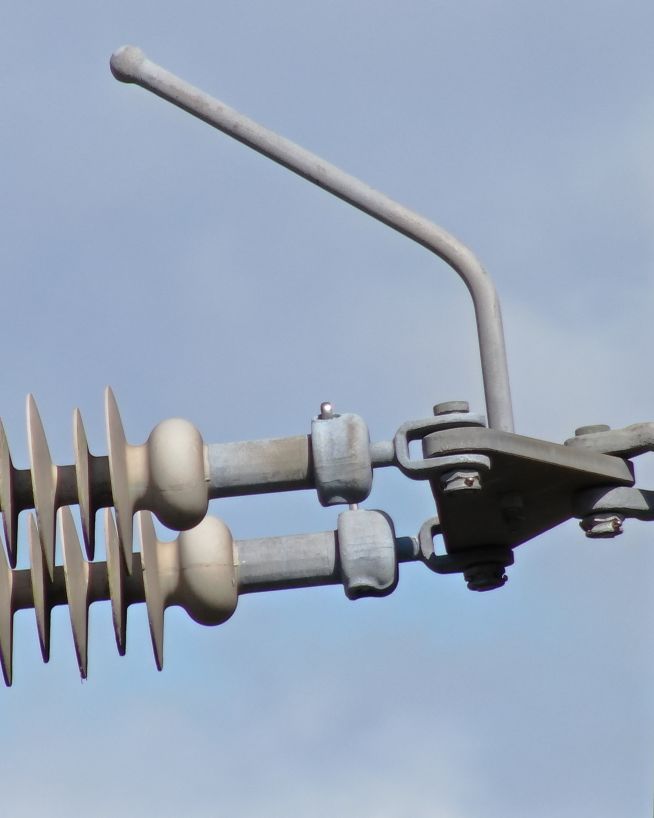
Instantly usable data via a safer and more cost-effective process
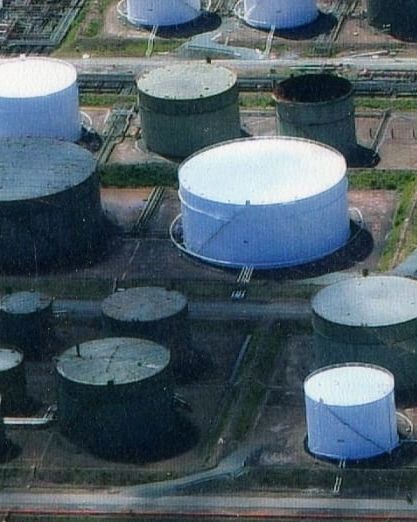
Safer and more cost-efficient flare (oil and gas) inspections
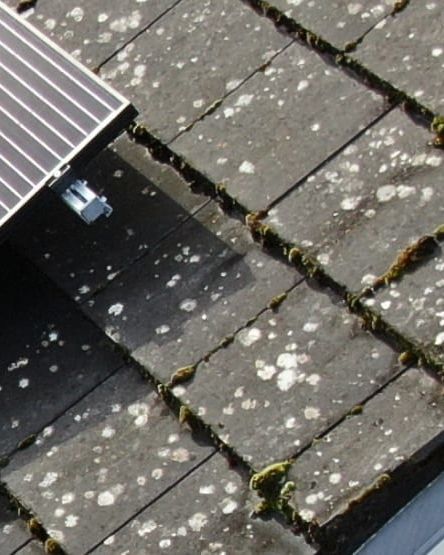
Ensure solar panel efficiency from precise data collection
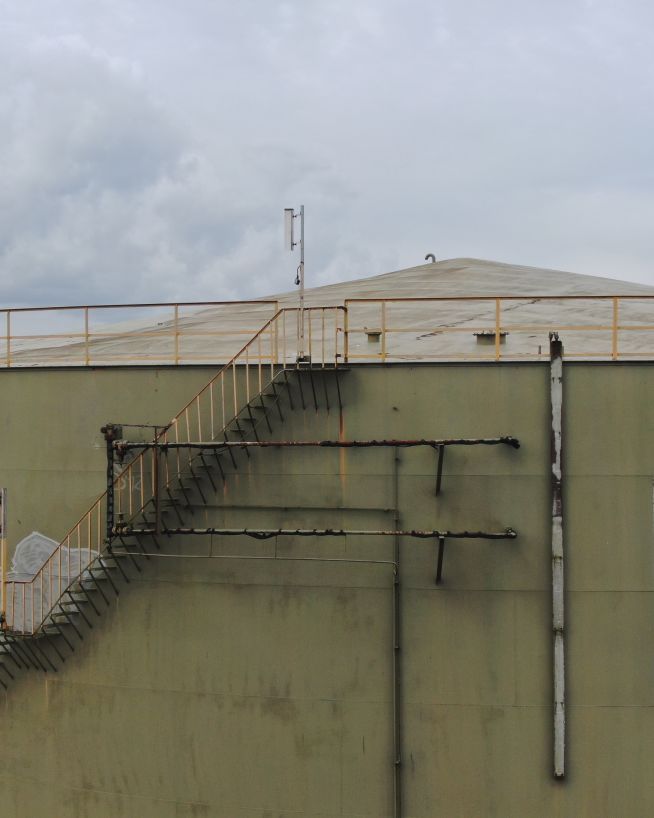
Get fast, usable data from a safe distance
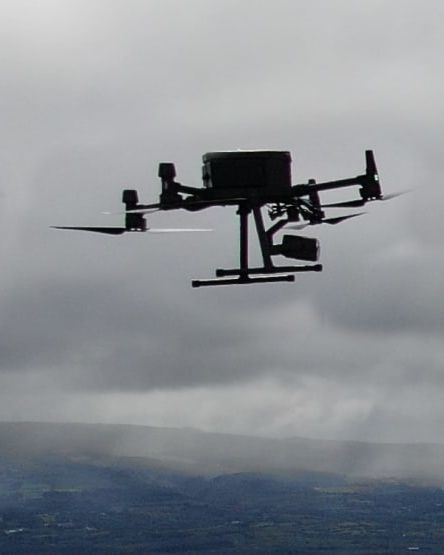
A more cost- and time-effective way to receive critical data
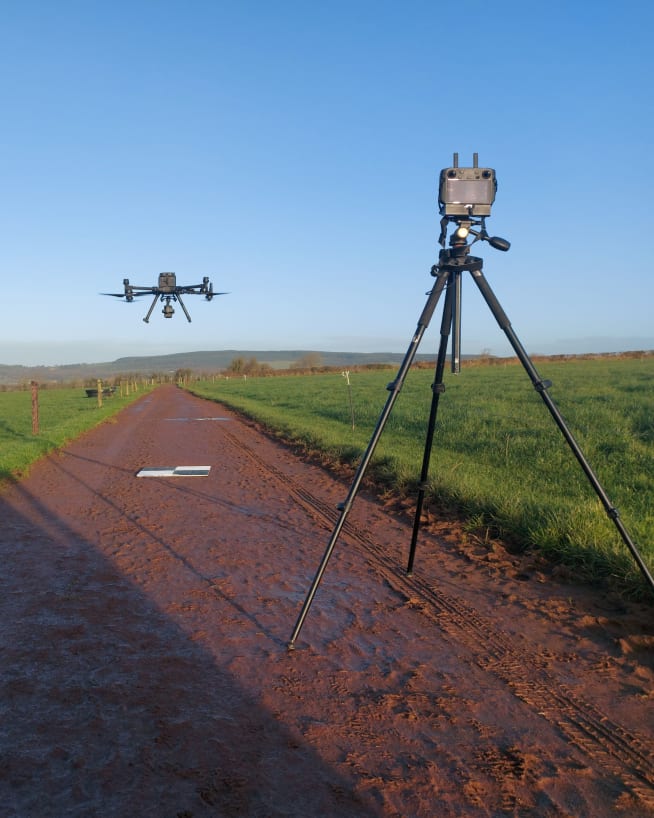
Accurate and efficient analysis of crops and land
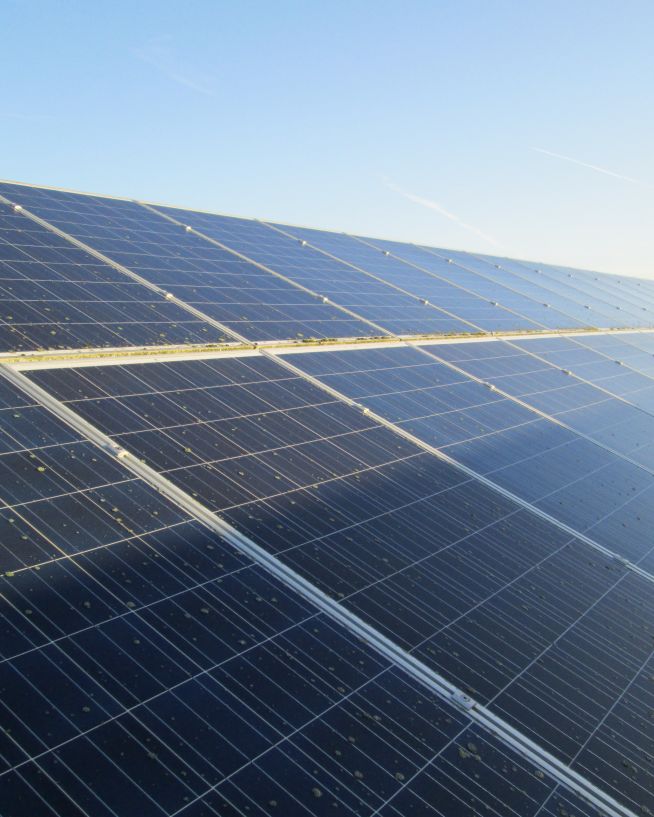
Get actionable data on quality and operational health
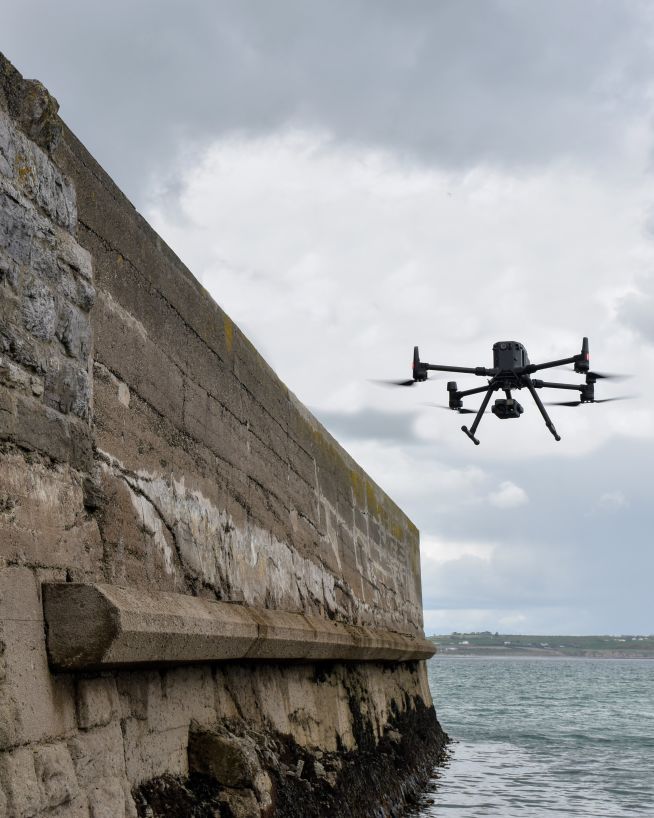
Monitor coastal assets safely and with more precision
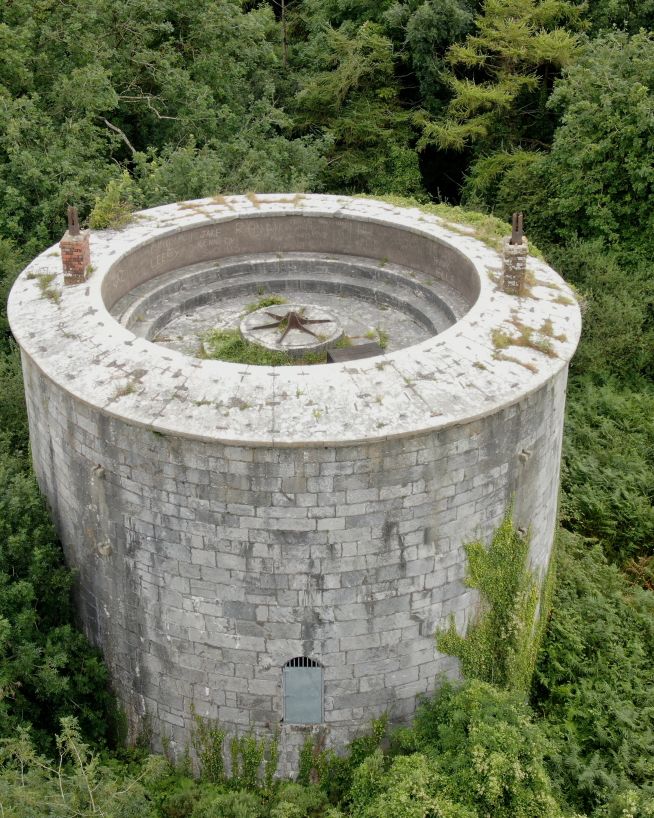
Analyse historical buildings without risk to people or property
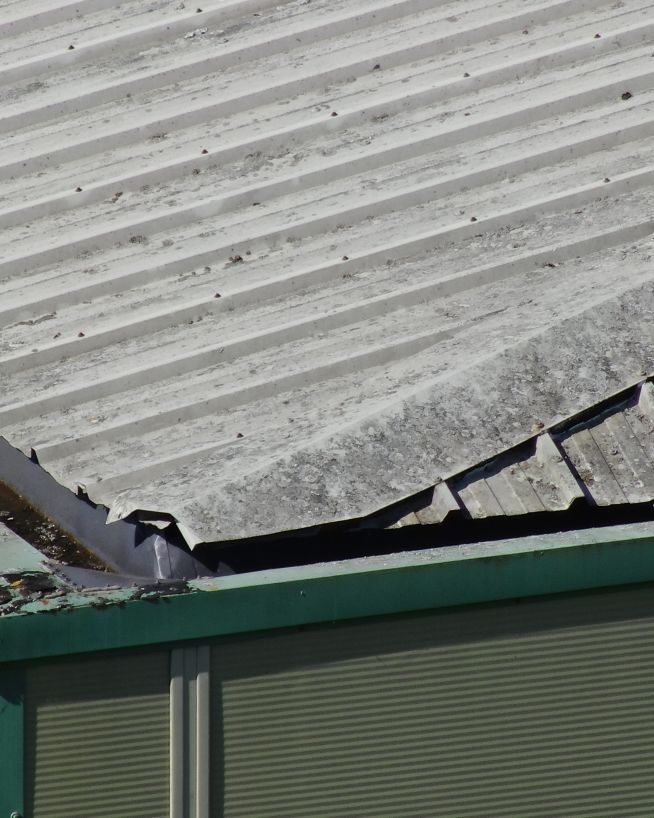
Clearer, faster results without the risks
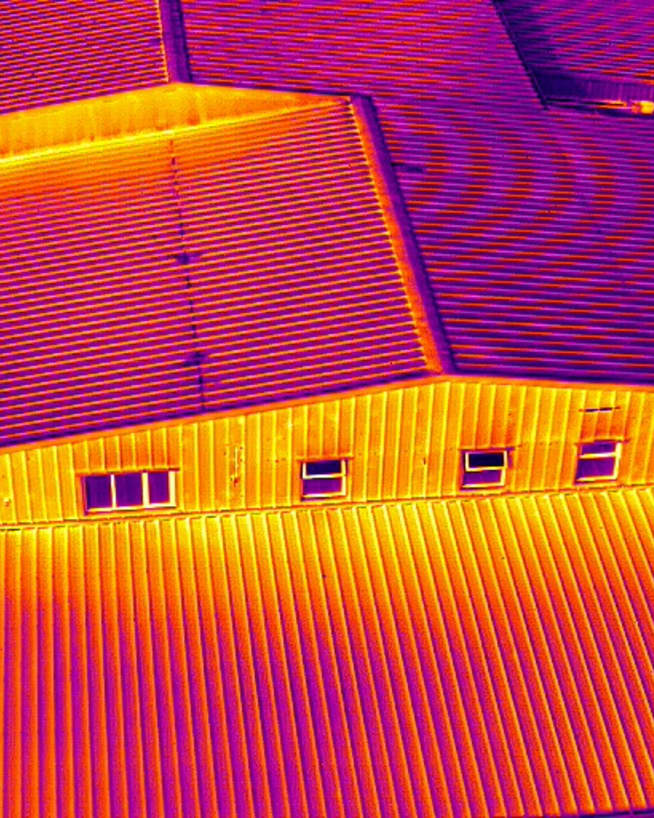
Record and document reliable visuals without safety concerns

Safer, more precise data collection at a fraction of the cost

Endless perspectives, without manned aircrafts or structures
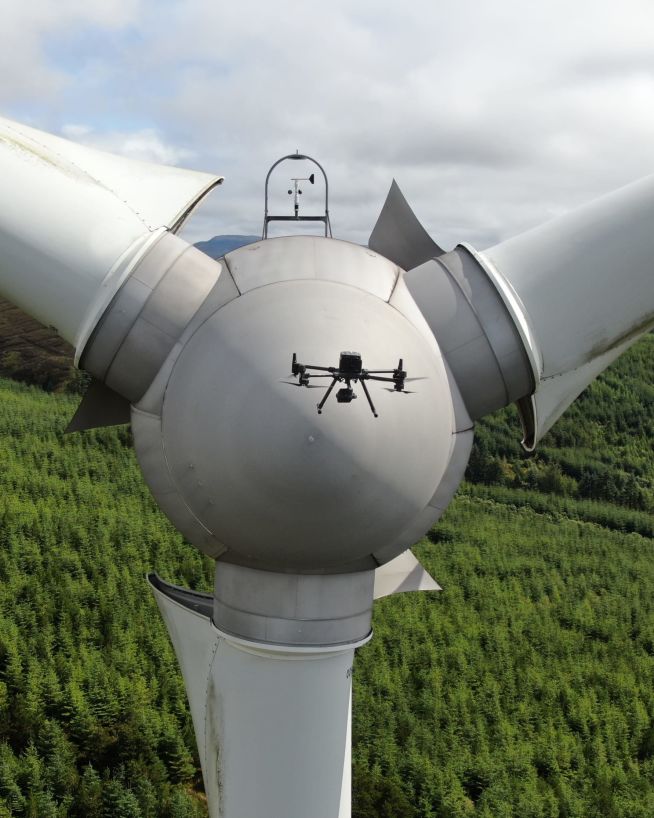
Inspect and maintain energy assets without risk or downtime
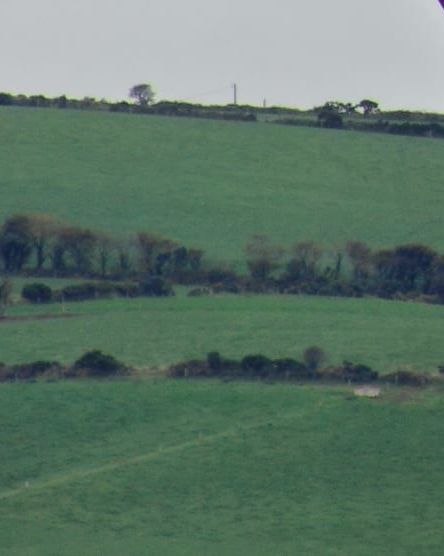
Critical, pinpoint details with none of the risk
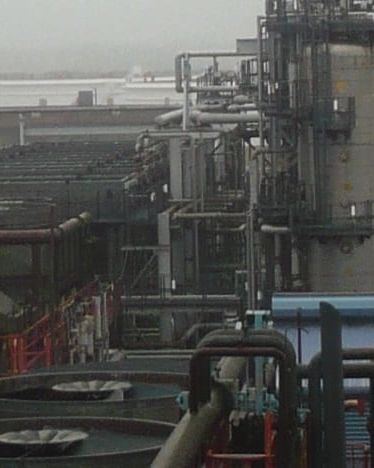
Keep production running while collecting instant critical data
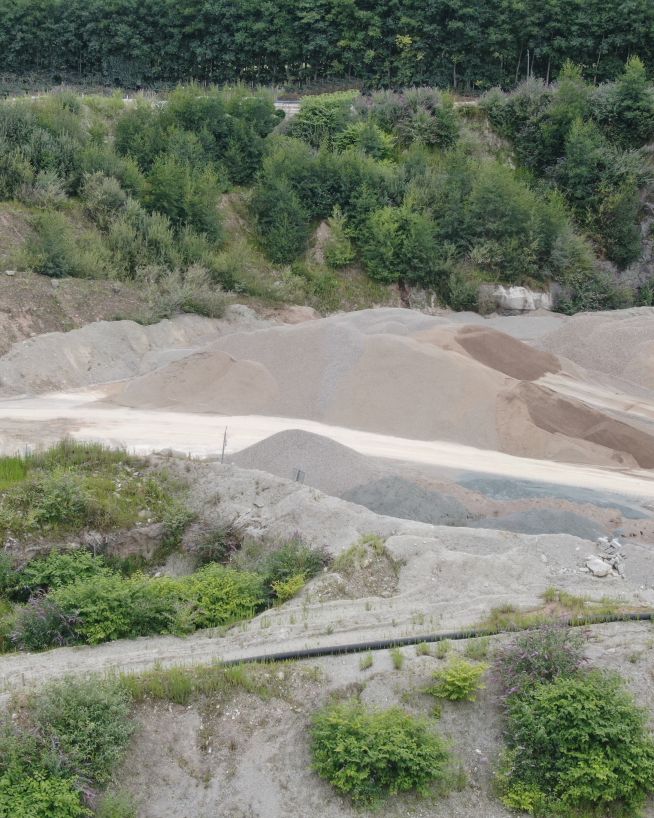
Monitor status and progress without downtime
If you're looking for solar panels in Ireland, check out our friends over at PureVolt Solar.
3D mapping typically refers to the generation of a digital twin of a real world thing, be it a handheld object, a build/structure or a large piece of land. It is typically generated using either Photogrammetry but it can also be done using Lidar. Once generated a near photo realistic dimensionally accurate model can be then viewed assessed and manipulated in most any computer or handheld device. Also known as a digital twin or 3D modelling users can analyse these digital representations of objects in three dimensions.
The major advantage to this form of data presentation is the context it brings to the data. Every feature and defect is clearly seen within the larger context of the object. This makes it much more intuitive and efficient to work with with the data. This technique offers an up-to-date and comprehensive method of information collecting and visualisation. WHat we say here is "with 3D mapping you can bring the asset to the people instead of bringing the people to the asset". This means instead of ten different site visits by various parties there only needs ot be one visit thenall the rest cna be done in the office. More about 3D Mapping...
Lidar drone mapping is the use of drones equipped with Light Detection and Ranging (Lidar) technology to create high-resolution 3D maps of terrain, buildings, and other objects. The drone emits laser beams that bounce off objects and return to the drone's sensors, creating a detailed point cloud of the object or terrain. The resulting data can be used in a variety of applications, including urban planning, construction, and environmental monitoring. Lidar drone mapping is faster and more accurate than traditional surveying methods and can cover a larger area with greater detail in less time, making it an increasingly popular tool for mapping and surveying professionals. More about LIDAR...
Optical zoom is a feature found in cameras that allows you to change the focal-length of the lens, which in turn magnifies the image. Unlike digital zoom, which simply enlarges the pixels of an image, optical zoom physically moves the lens elements to zoom in or out, resulting in a higher-quality, more detailed image.
Optical zoom is better than digital zoom for several reasons. Firstly, optical zoom maintains the image quality and sharpness because it captures more detail from the subject. In contrast, digital zoom often results in a pixelated, blurry image because it enlarges the existing pixels of an image, which degrades the quality.
Secondly, optical zoom allows you to get closer to your subject without physically moving closer, which can be useful in situations where you cannot or do not want to approach your subject closely. This can be especially helpful for wildlife photography or for taking photos of events from a distance.
Overall, optical zoom is a valuable feature that can help you capture high-quality, detailed images from a distance, making it a must-have for many photographers.

Photogrammetry is a technique that involves the use of photographs to measure and extract three-dimensional information about an object or scene. It involves taking multiple photographs of an object or area from different angles and then using software to analyze the images and create a 3D model. The process involves identifying common points on the photographs and using these points to triangulate the location of the object in three-dimensional space.
Photogrammetry has many applications in various fields, such as surveying, architecture, engineering, and mapping. It is used to create accurate and detailed maps, models of buildings and landscapes, and to measure distances and volumes. In archaeology, photogrammetry is used to create 3D models of ancient artifacts and structures, allowing researchers to study and analyze them in detail without risking damage to the original objects. It is also used in cinematography to create special effects and computer-generated imagery. With the advancement of technology, photogrammetry has become a powerful tool for capturing and analysing complex visual data. More about 3D Mapping...
Drone-based thermal imaging is a technology that utilizes unmanned aerial vehicles (UAVs) equipped with thermal cameras to capture high-resolution thermal images of various objects or areas. This technology allows for the detection and measurement of temperature variations in a scene, enabling the identification of heat signatures of objects and their surroundings.
Drone-based thermal imaging can be used in a variety of applications, including search and rescue operations, inspection of power lines, pipelines, and other infrastructure, monitoring of wildlife, and identifying energy inefficiencies in buildings. The technology can detect temperature differences as small as 0.1°C, making it a valuable tool for detecting hotspots and identifying potential hazards.
In operation, the drone is flown over the area of interest, capturing thermal images of the scene. The images are then processed using specialized software that converts the temperature data into visible images that can be analyzed and interpreted. The resulting images can show temperature variations in a range of colors, with red and yellow indicating hot spots, and blue and green indicating cooler areas.
Overall, drone-based thermal imaging is a powerful technology that provides accurate, non-invasive, and efficient data for various applications. Its ability to provide high-resolution thermal imagery from a safe distance makes it a valuable tool for numerous industries and professionals. More about thermal imaging...
UHD or Ultra High Definition signifies that a camera's resolution is 3840x2160 pixels. This is exactly four time higher than high definition cameras (1920x1080 pixels), and so UHD is often also know as 4K. More about drone photography...